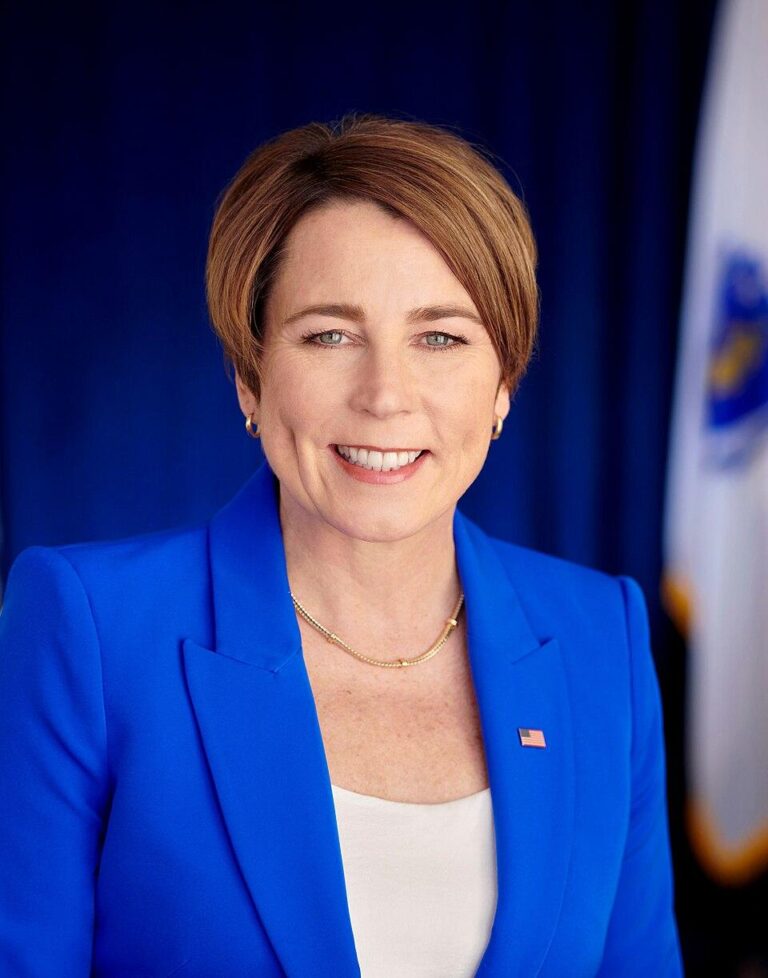Massachusetts Governor Maura Healey has unveiled an enterprising $8 billion plan aimed at stabilizing and securing the financial future of the Massachusetts Bay Transportation Authority (MBTA). The extensive strategy seeks to address long-standing funding challenges, improve public transit infrastructure, and ensure reliable service for millions of daily commuters across the state.This initiative marks a critically important step in the administration’s commitment to modernizing the MBTA and bolstering economic growth through enhanced transportation options.
Table of Contents
- Governor Healey Outlines Comprehensive Strategy to Stabilize MBTA Budget
- Targeted Investments Aimed at Modernizing Infrastructure and Enhancing Service Reliability
- Funding Proposals Emphasize Sustainable Revenue Streams and Fiscal Accountability
- Community Engagement and Stakeholder Collaboration Central to Long-Term Transit Success
- Wrapping Up
Governor Healey Outlines Comprehensive Strategy to Stabilize MBTA Budget
Governor Healey announced a groundbreaking $8 billion initiative geared towards stabilizing the Massachusetts Bay Transportation Authority’s (MBTA) budget, aiming to address ongoing fiscal challenges while promoting long-term sustainability. Central to the plan is a balanced approach combining strategic investments with cost-saving measures designed to enhance operational efficiency without compromising service quality. Key components include:
- Investing in critical infrastructure upgrades to reduce maintenance costs and increase system reliability
- Implementing advanced technology solutions to optimize scheduling and resource allocation
- Reviewing fare policies to ensure equitable revenue generation aligned with ridership trends
- Expanding public-private partnerships to leverage additional funding and expertise
This comprehensive strategy also underscores a commitment to transparency and community engagement. By fostering closer collaboration with stakeholders and aggressively seeking innovative funding models, the administration aims to shield mass transit users from fare hikes and service disruptions. Through these efforts, Governor Healey’s plan positions the MBTA for fiscal health that supports economic growth and environmental goals over the coming decades.
Targeted Investments Aimed at Modernizing Infrastructure and Enhancing Service Reliability
Governor Healey’s $8 billion initiative prioritizes critical upgrades to the MBTA’s aging infrastructure, focusing on enhancing the safety and dependability of commuter services across the region. Key projects include targeted overhauls of the F40PH-3C locomotives and significant track signal modernization efforts designed to improve operational efficiency and reduce delays. These investments are expected to fortify the backbone of Massachusetts’ transit system and elevate rider experience substantially.
The plan also outlines specific areas of enhancement:
- Modernization of rail signal systems for clearer, more reliable communication along busy commuter corridors.
- Continuous engine upgrades to extend the lifecycle of critical rolling stock, including refurbished F40PH-3C locomotives.
- Infrastructure resilience initiatives targeting bridges, tracks, and stations vulnerable to wear and climate impacts.
By implementing these focused investments, state officials aim to sustainably enhance service reliability and position the MBTA to meet future ridership demands with confidence.
Funding Proposals Emphasize Sustainable Revenue Streams and Fiscal Accountability
Governor Healey’s $8 billion financial blueprint for the MBTA prioritizes sustainable revenue streams designed to stabilize long-term operations without relying on volatile funding sources.Key components include expanded dedicated tax revenues, reinvestment of farebox collections, and strategic public-private partnerships aimed at diversifying income channels. This approach underscores a decisive shift toward financial independence, reducing the MBTA’s reliance on intermittent state contributions and unpredictable federal grants.
To ensure robust fiscal accountability, the plan incorporates transparent budgeting measures and enhanced oversight mechanisms. These include:
- Regular public reporting on revenue and expenditure
- Self-reliant audits to track financial efficiency
- Performance-based funding allocations tied to service improvements
These initiatives reinforce a culture of stewardship, where taxpayer dollars are managed with precision, and the agency’s financial health is continuously monitored to prevent deficits.
Community Engagement and Stakeholder Collaboration Central to Long-Term Transit Success
The success of the ambitious $8 billion plan hinges on robust collaboration between government agencies, local communities, and transit stakeholders. Governor Healey emphasized that engaging residents, business leaders, and advocacy groups early in the planning process is critical to ensuring the transit system meets diverse needs while fostering public trust. This inclusive approach will facilitate transparent decision-making and amplify voices often overlooked in large infrastructure projects.
Key to this strategy is a commitment to continuous dialog through:
- Public forums and town halls to gather citizen input and address concerns.
- Stakeholder advisory committees representing a wide range of interests from riders to business owners.
- Digital engagement platforms that provide real-time updates and solicit feedback.
Such collaborative efforts are designed not only to build consensus but also to ensure the long-term resilience and adaptability of the MBTA, keeping Massachusetts moving forward for decades to come.
Wrapping Up
Governor Healey’s $8 billion proposal marks a significant step toward stabilizing the MBTA’s finances and ensuring the long-term reliability of Massachusetts’ public transit system. As state leaders and stakeholders begin to evaluate the plan’s details and implications, all eyes will be on how this ambitious investment shapes the future of the MBTA and the communities it serves. Further developments and implementation strategies are expected in the coming months as the administration pushes forward with this critical funding initiative.

